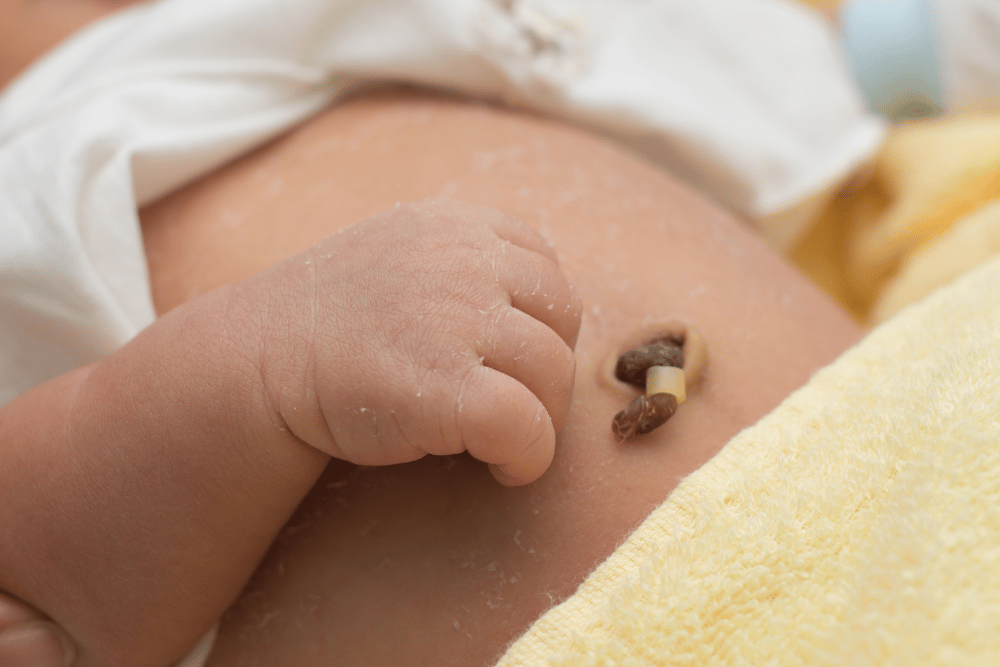While marginal cord insertion is relatively common, it can bring with it many potential complications. It’s important for doctors to monitor this condition carefully and treat it promptly.
Issues that can arise include:
- Preterm Birth: In many cases, patients with marginal cord insertion will deliver earlier in the pregnancy. Preterm birth can cause complications, as preterm infants may need extra support.
- Low Birth Weight: Marginal cord insertion can lead to slowed fetal development or growth, which can lead to lower birth weight. Low birth weight infants may require additional support after birth, including help with feeding.
- Greater Odds of Pregnancy Loss: Some studies suggest that marginal cord insertion can lead to a greater risk of spontaneous abortion of the pregnancy, usually during the first or second trimester.
- Fetal Distress: Marginal cord insertion can lead to overall reduced blood flow, which can cause fetal distress. This can include changes in the baby’s heart rate or decreased fetal movement. Fetal distress sometimes necessitates immediate delivery.
- Vasa Previa: In extreme cases, when the marginal insertion occurs near the cervix, it can rupture during early labor, potentially leading to stillbirth. Careful monitoring of the pregnancy and, in some cases, a C-section can help decrease the risk of vasa previa and protect both mother and child. Vasa previa is more likely with velamentous cord insertion, which occurs when blood vessels run through the amniotic sac instead of going directly from the placenta to the umbilical cord. Both vasa previa and velamentous cord insertion are serious conditions.
- Excessive Bleeding During Childbirth: Blood vessels might rupture during delivery, leading to an increased risk of placental abruption. Increased bleeding during childbirth can cause hazards for both mother and baby, including increased risk of death or stillbirth.
After a marginal cord insertion diagnosis, doctors will carefully monitor both mother and baby. The mother may need to go through more regular screenings. In some cases, including cases of velamentous cord insertion, doctors may recommend a Cesarean delivery rather than vaginal delivery to protect the lives and health of both mother and child.
Can marginal cord insertion cause birth defects?
Any problem with the umbilical cord or placenta, including marginal cord insertion, can lead to fetal growth and development problems. This can ultimately lead to some types of birth defects, including low birth weight. Additionally, marginal cord insertion can also cause a child to be born at a low gestational age, which can increase risks to the baby’s health. Preterm infants may have breathing, heart, and brain issues, among other problems.
Marginal cord insertion can also lead to an increased risk of cerebral palsy, which often occurs due to oxygen deprivation during pregnancy or birth. Cerebral palsy impacts muscle tone, balance, and posture. A child with cerebral palsy might need help walking or might not be able to walk at all.







